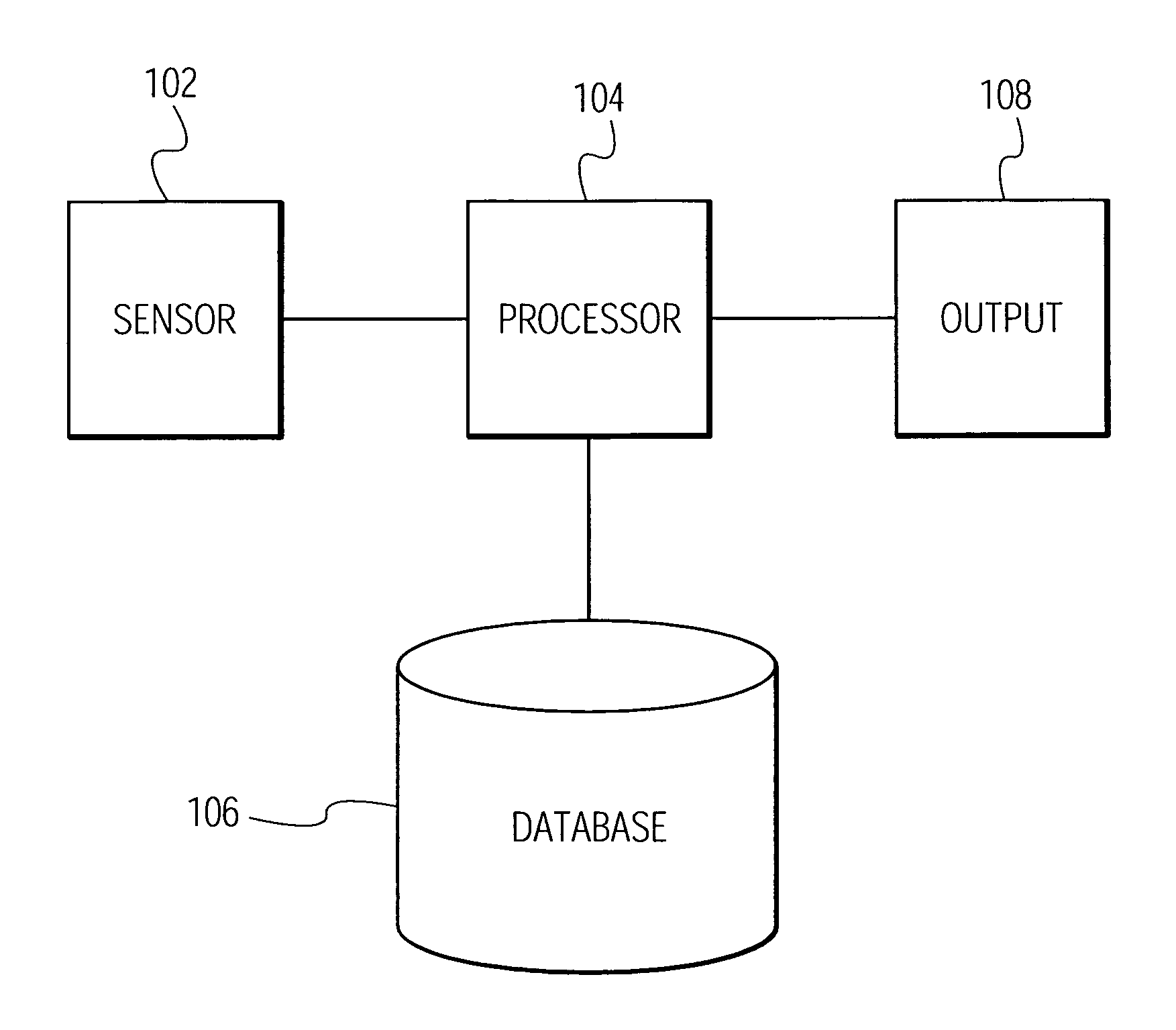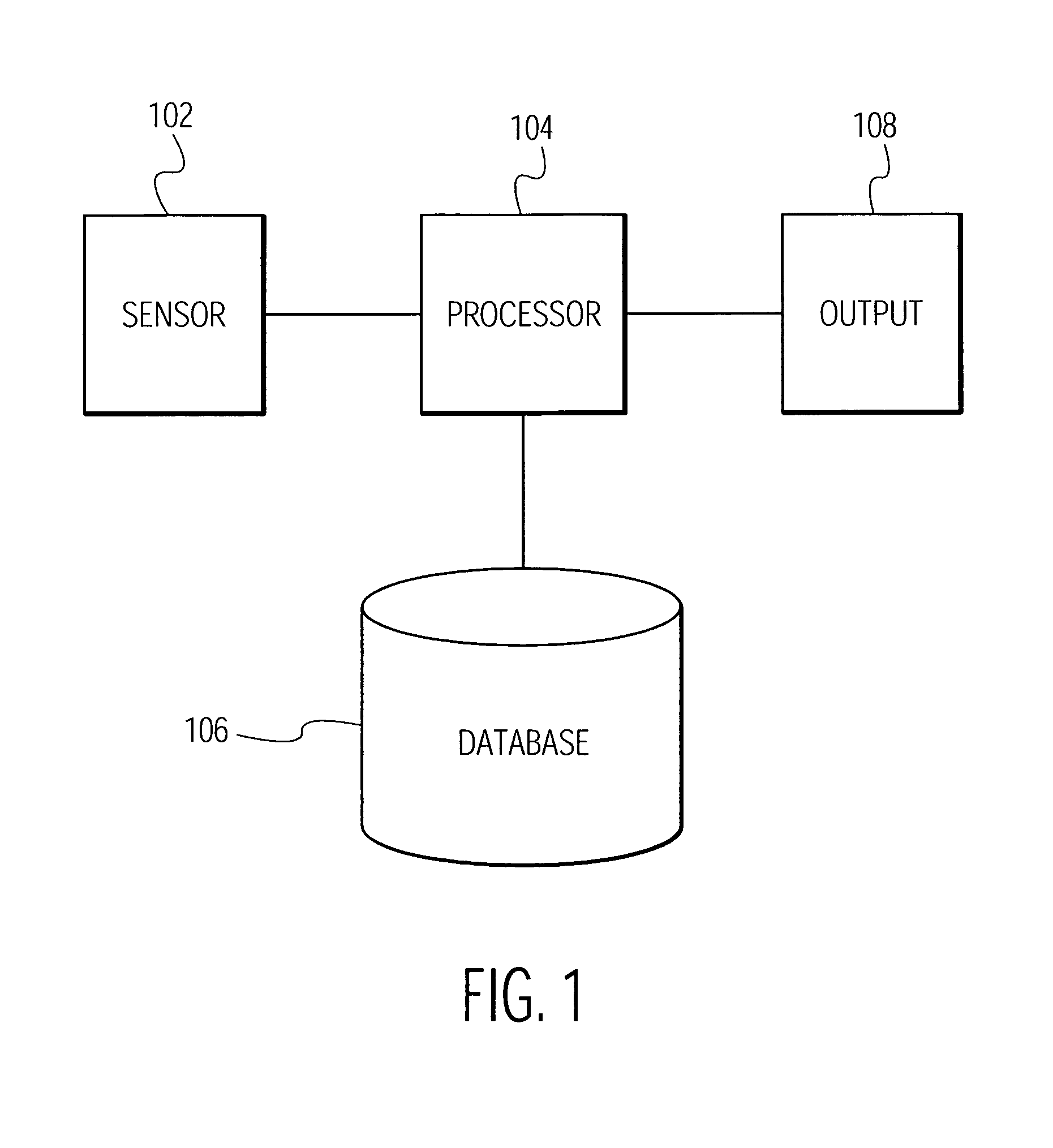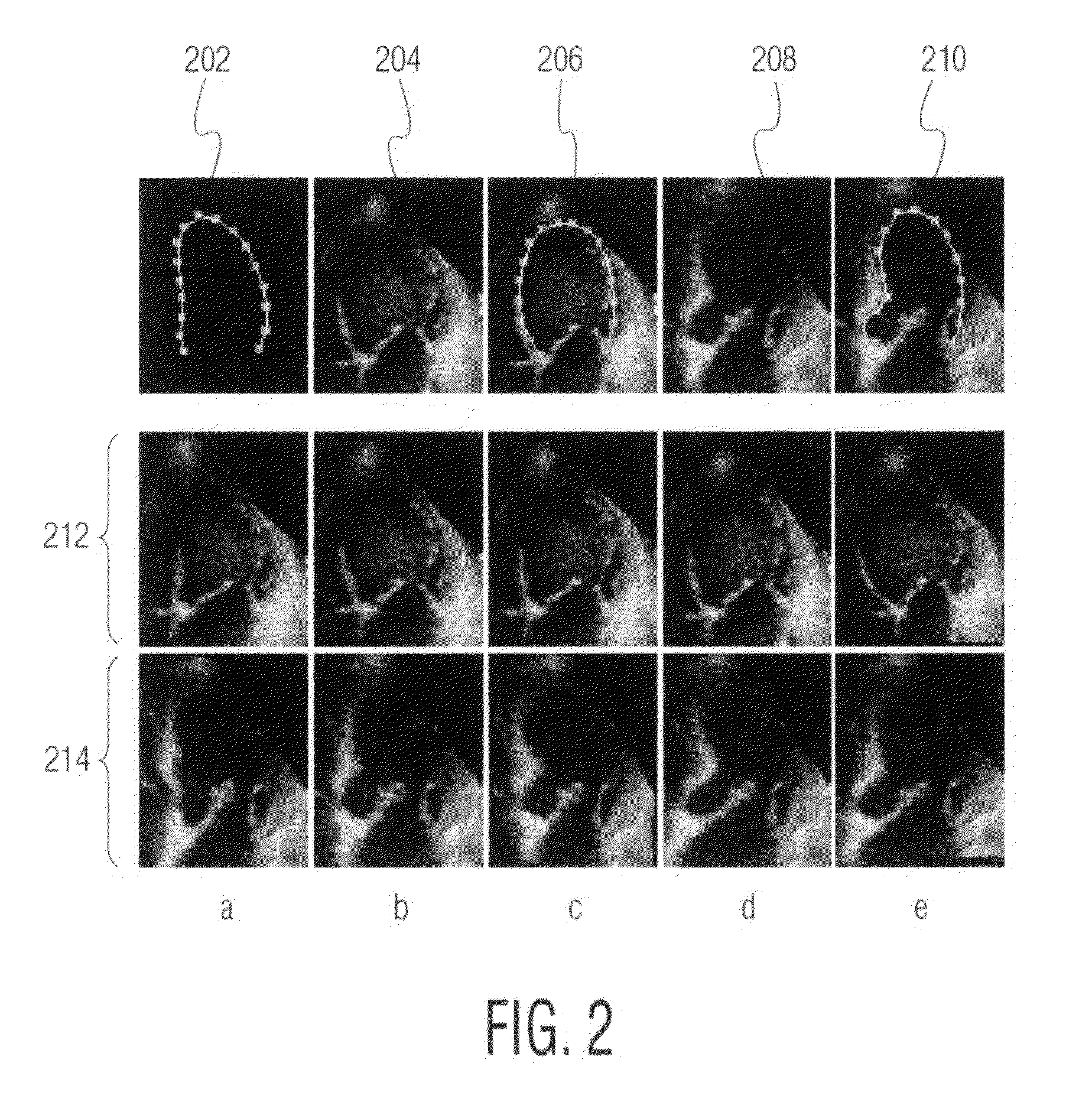System and method for learning relative distance in a shape space using image based features
a technology of image based features and learning system, applied in the field of system and method for learning relative distance in a shape space using image based features, can solve the problems of inability to effectively represent the input shape in the subspace, little prior knowledge can be exploited by acms, and often converge to unrealistic shapes
- Summary
- Abstract
- Description
- Claims
- Application Information
AI Technical Summary
Benefits of technology
Problems solved by technology
Method used
Image
Examples
Embodiment Construction
[0018]The present invention is directed to a novel learning based approach for non-rigid shape detection. The present invention can output a refined detection result without the restriction to the similarity deformation. A model is trained that has the largest response on the reference shape and a smaller response on other shapes. In the examples that will be described, the reference shape is the mean shape. However, it is to be understood by those skilled in the art, that the reference shape can be defined differently for different applications. The response of the model can be seen as a measure of the distance between a shape and the reference shape. During shape detection, an optimal deformation is searched for which maximizes the response of the trained model. The optimal deformation corresponds to the optimal shape detection result. As a result, the trained shape model distinguishes the reference shape from all other shapes.
[0019]The present invention can be used to detect anat...
PUM
 Login to View More
Login to View More Abstract
Description
Claims
Application Information
 Login to View More
Login to View More - R&D
- Intellectual Property
- Life Sciences
- Materials
- Tech Scout
- Unparalleled Data Quality
- Higher Quality Content
- 60% Fewer Hallucinations
Browse by: Latest US Patents, China's latest patents, Technical Efficacy Thesaurus, Application Domain, Technology Topic, Popular Technical Reports.
© 2025 PatSnap. All rights reserved.Legal|Privacy policy|Modern Slavery Act Transparency Statement|Sitemap|About US| Contact US: help@patsnap.com



